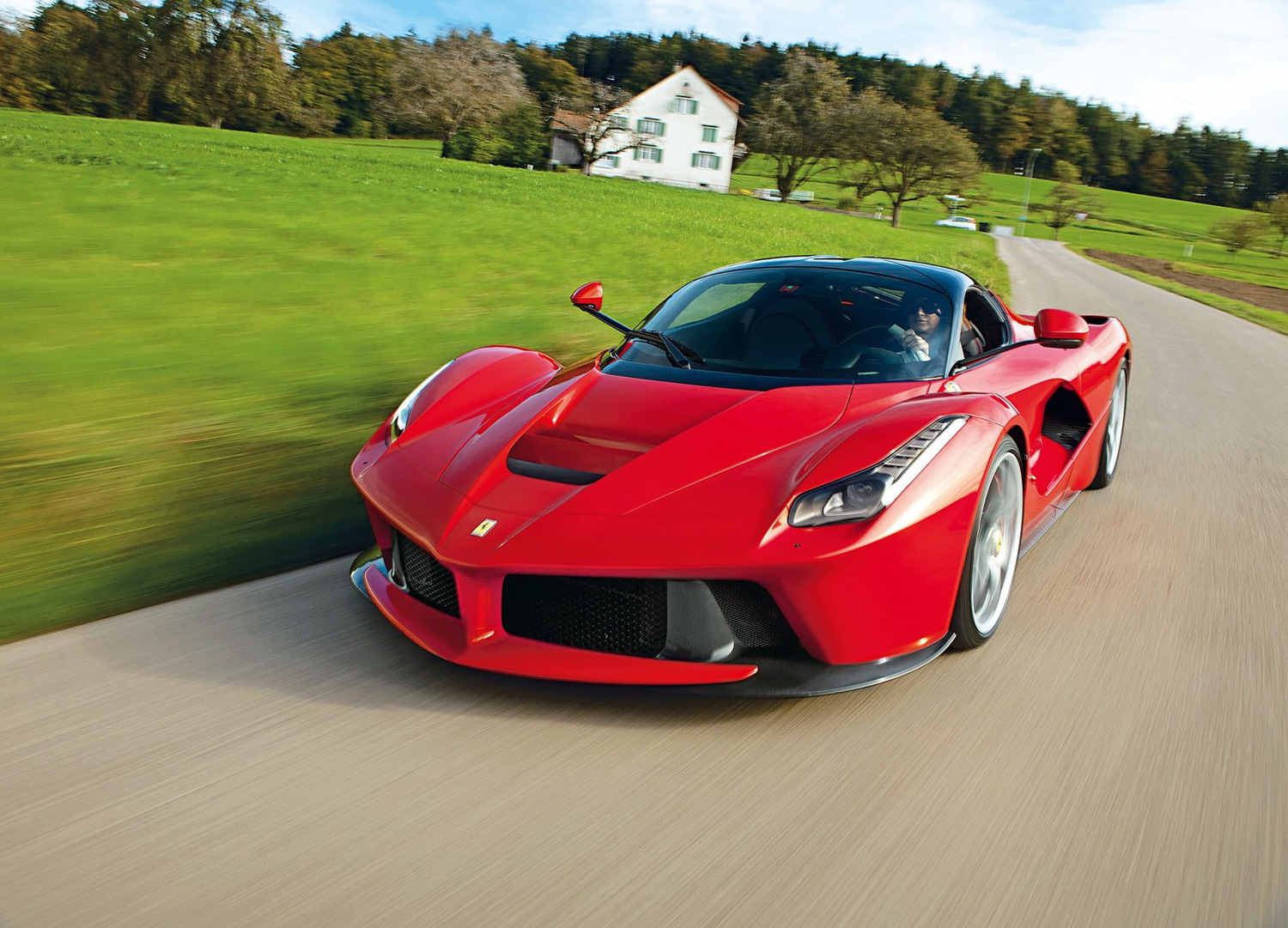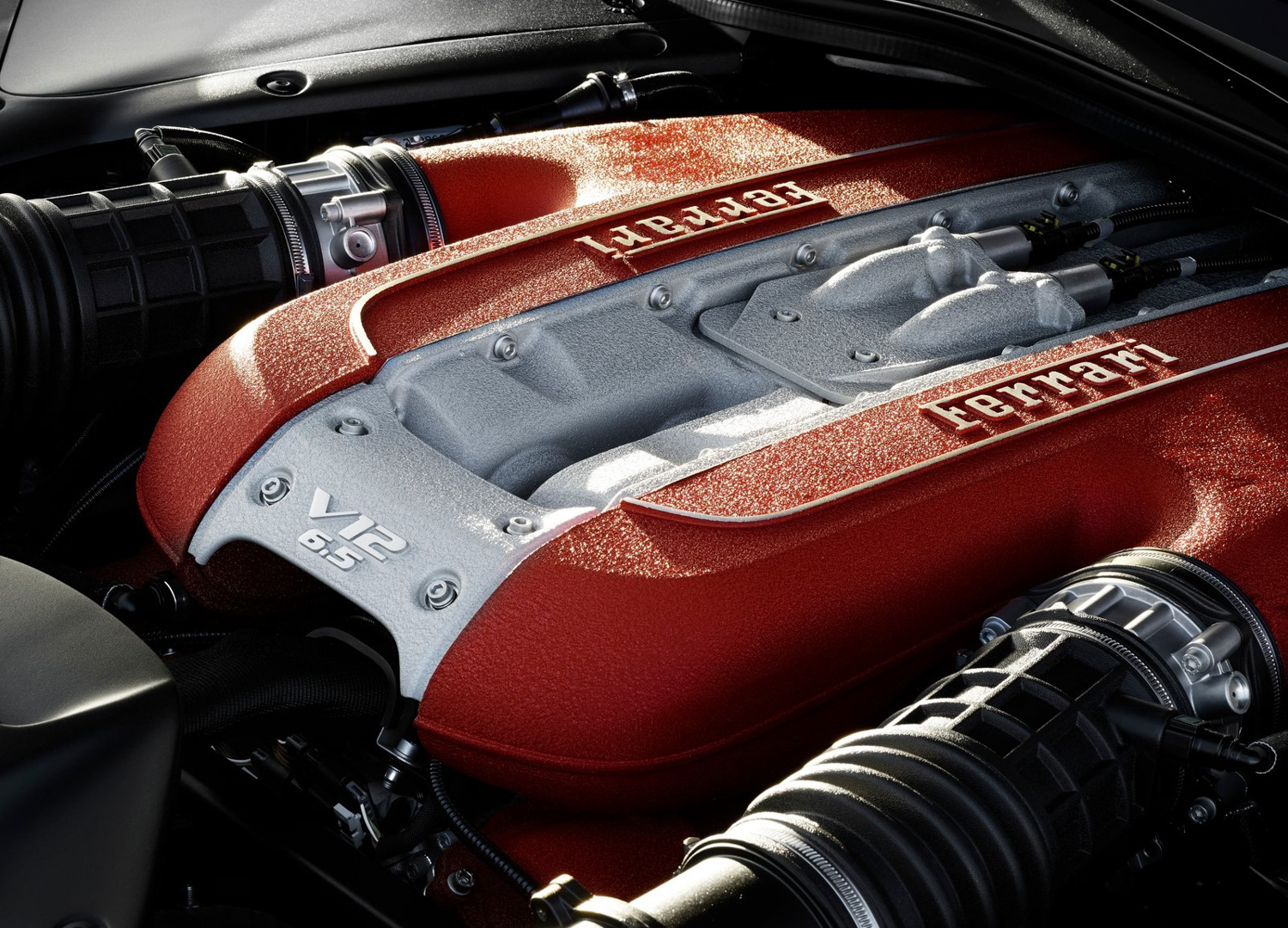Ferrari is going hybrid, but the V-12 will remain pure
Michael Leiters, Ferrari’s Chief Technical Officer, hinted that the recently revealed F8 Tributo may be Maranello’s last V-8 powered car without any electrified boost. “We’re at the limit of the performance,” Leiters told Top Gear. Leiters said that while the V-12 engines that form the core of the brand’s identity will continue to be naturally aspirated, with no hybrid assistance, smaller displacement engines from the company will likely have both turbochargers and hybridization.
Toward that end, a new hybrid Ferrari will be introduced within the next three months, with three additional new models to come by the end of 2019. Car Magazine even says that first V-6 powered Ferrari since the Dino is on the way.
Ferrari always increases the specific power output of its engines when it introduce new models, something that’s hard to do with the current V-8. The problem is turbo lag, the time it takes for exhaust-driven turbochargers to spin up to speed. Ferrari has a benchmark to measure that lag. Technicians hit full throttle at 2,000 rpm in third gear. If they don’t have 80 to 90 percent of maximum torque within one second, the engine fails the turbo lag test. The F8 Tributo’s turbocharged engine is apparently right at that limit.



Leiters was adamant that only Ferrari’s smaller-displacement engines will get electrified as the benefits of hybridization are maximized with smaller combustion engines. He said, “A naturally aspirated V-12 engine is not a downsized engine, and for me it doesn’t make sense as a hybrid. We will fight for the V-12, of course. We will do everything we can to keep it as it is core to our brand. But a real hybridisation of the V-12? I don’t see it.”
That’s an interesting position to take considering that Lamborghini will be making Aventadors with V-12 engines into hybrids so it can comply with anticipated European regulations to control urban congestion and pollution.
Ferrari’s position is particularly intriguing in light of the fact that pollution regulations are at the heart of Ferrari’s hybridization plans. Leiters said, “In the future, we’re being forced to look at emissions and if you want to really utilise the CO2 benefit, you have to downsize.”










